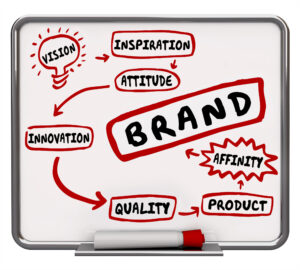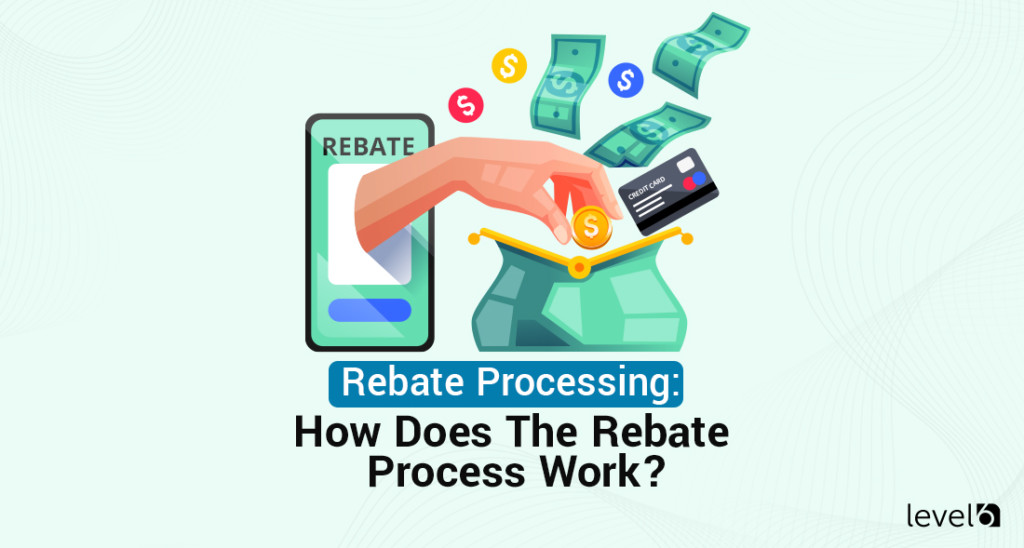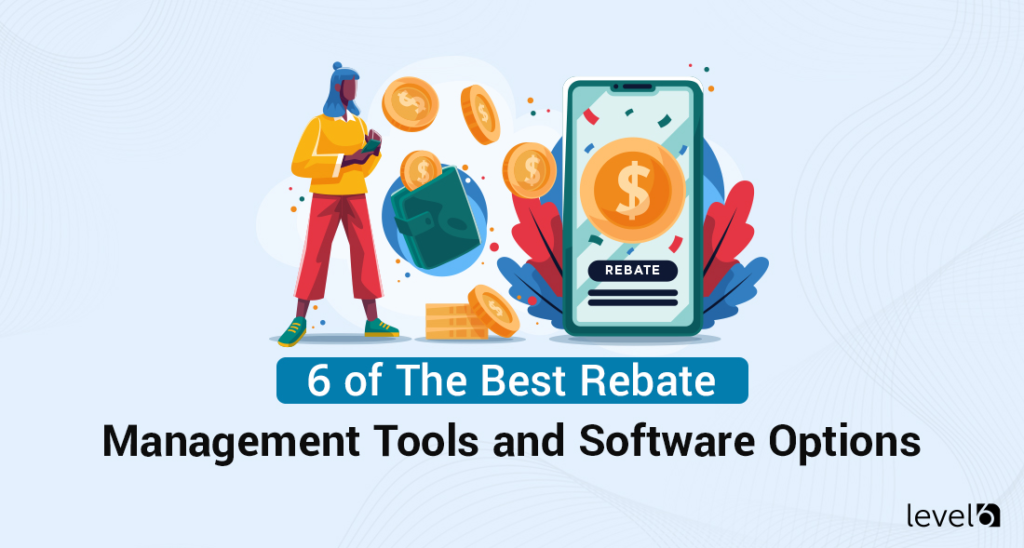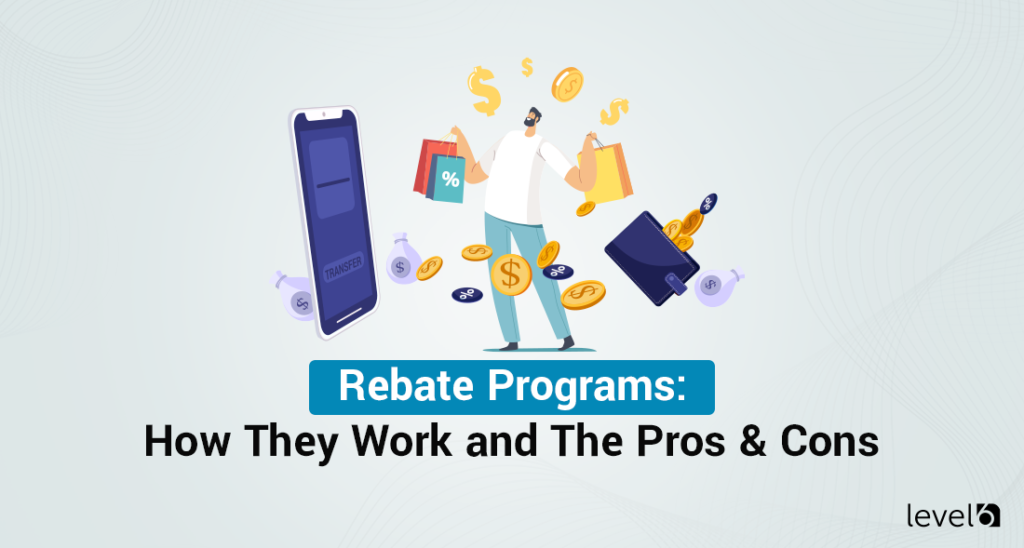Customer rebate programs are without a doubt one of the oldest forms of incentive marketing. They’ve been around forever, and it’s easy to overlook them as a viable option. They aren’t quite as hyped as some newer approaches to marketing and customer retention, and the word “rebate” isn’t exactly a sexy marketing term. They also may not seem like an incentive at first, as we tend to lump them together with coupons and discounts (which, incidentally, are forms of incentives nonetheless). Rebates are indeed incentives, though, and they can be incredibly effective at increasing sales and improving customer satisfaction when used correctly.
Setting up and initiating rebate programs is easier today than ever. Everything used to be manual and required significant time and costs. Customers would have to mail in vouchers, which employees would then have to receive, sort, verify, and pay out individually. This involved paying for postage both ways, along with the added cost of cutting a check and compensating your employees for their time.
Thanks to the wonders of the internet, though, paper rebates are no longer necessary. Now customers can simply log onto a website or download a mobile app in order to redeem a rebate. While this may reduce breakage rates somewhat (something we’ll discuss in greater detail below), it improves customer satisfaction considerably. Filling out a paper form and mailing it in requires a significant amount of time and energy, whereas a form on a mobile app can be filled out and submitted in less than a minute.
Preserving Brand Equity
One of the biggest advantages of customer rebates is their ability to preserve brand equity.
Previously, we juxtaposed incentive programs with other approaches to increasing revenue, including the use of sales and discounts. As we mentioned, sales and discounts are an essential component in any business’s marketing strategy, and they usually have their place in an effective and comprehensive sales model.
That said, though, we also pointed out that sales and discounts can cause major problems in the long run if overused. This is especially true for premium brands that have sculpted a quality-before-price image for themselves—in other words, brands that have convinced their customers that it’s worth spending a little more in order to obtain a quality or trendy product manufactured by XYZ Corp.
But excessive discounts can quickly tarnish the image of a premium brand, with all of the so-called brand equity you’ve built disappearing in a hurry. Before long, your brand is no longer premium. Customers come to expect that your products will be at the same price point as less-premium, lower-quality alternatives. To put it simply: discounting can quickly become a race to the bottom.
Rebates present a very different picture to your customers since they’re perceived differently from a sale or discounted item because the original price hasn’t changed. When a customer encounters a rebate, the image of your brand isn’t tarnished in their mind. Brand equity is preserved, as you’re offering them an opportunity to receive an exclusive reward—for example, a branded prepaid debit card—in exchange for purchasing one of your products.
Looking to learn more about an incentive, rebate
or reward program for your business?
Curious about costs?
Try our instant pricing calculator:
This means that you can effectively offer a dollar-based rebate that equals a 20% discount, for example, rather than discounting an item by 20%. You never have to lower your premium prices, which means the customer never actually sees a lower price associated with an item: They see the original price, accompanied by a rebate. The end result is the same in that they save 20%, but the difference for your brand image can be considerable.
Better Breakage for Higher Profits
When it comes to rebate programs, we often talk about something called breakage. In layperson’s terms, this refers to the number of customers who actually fulfill a rebate versus those who purchase the item with the intention of getting the rebate but fail to follow through. If 3 out of every 10 customers fails to actually claim their rebate, you would have a breakage of 30% for that product.
As we mentioned above, the easier it is for customers to claim their rebate, the lower your breakage rate can be. Obviously, breakage isn’t a factor at all when it comes to sales and discounts, as every customer simply receives the discount up front. This is significant, as it means that the higher your breakage is, the higher percentage of rebate you’re able to offer your customers without any further actual reduction in your revenue.
Think of it this way. Imagine that you were to offer a 30%-off sale for a product that’s normally $100. Dropping the price of the product from $100 to $70 could have a negative impact on brand equity, as that’s a major visual difference that consumers could quickly become accustomed to (leaving them averse to the $100 price tag when it comes back after the sale is over). If you sell 10 of these items, you’re looking at $700 in sales.
Meanwhile, consider what would happen if you offered a whopping 40% rebate on the same item—but with a breakage rate of 50%. If you sell 10 of these items for $100, that’s $1,000 in sales. Five of your customers then redeem their rebate, worth $40 each. That’s $200 in rebates, leaving you with $800 in sales. You’ve therefore effectively increased total revenue by more than 14% ($800 as opposed to $700), while offering each and every one of your customers a higher discount (40% rather than 30%). It’s a win-win for you, your brand, and your customers.
Believe it or not, a breakage rate of 50% isn’t unheard of. In his book Why Popcorn Costs So Much At the Movies: And Other Pricing Puzzles, Richard B. McKenzie cites a study reporting that breakage rates can average 40% in certain industries. The key is striking the right balance in the redemption process: Make it easy enough so that customers don’t become frustrated, but not so easy that you cut into your breakage rate any more than you have to.
Online Rebate Portals and Mobile Apps
While paper rebates are still an option—and may have their merits in certain situations—digital rebates have quickly become the norm across most industries. Fortunately, setting up an online or mobile-based rebate portal doesn’t have to be complicated or expensive. Plus, there’s the added advantage of automation once everything is in place. No need for employees to manually verify each rebate and send out a physical check in the mail: Much of it can be accomplished automatically.
We frequently work with clients who want to set up a rebate program for the first time or improve the efficiency of an existing program. Without exception, we opt to set up a custom rebate portal for our clients. These custom websites will typically (but not always) include supporting documentation collection (as needed), automatic email confirmation upon receipt of a customer’s rebate request, email and/or phone-based customer service, and automatic rebate fulfillment.
Increasing Brand Affinity Through Rebate Programs
One of the best things about rebates is they can further increase brand affinity in your customers. In the rebate vs. discount example above, we were only measuring the value of a rebate as opposed to a discount in terms of immediate revenue. In the long run, the discount runs the risk of damaging your brand. Meanwhile, the rebate can actually increase your customers’ sense of loyalty toward your brand.
Much of this increased affinity is subconscious. Imagine what happens if you pay out a rebate in the form of a prepaid, branded debit card rather than a check. When your customer receives a check with their rebate, they likely deposit it and never think about it again. They feel a brief sense of affinity for your brand when the money hits their account, after which the funds are commingled with their existing account balance. Any memory of your brand falls by the wayside.
Alternatively, think about the impact that a prepaid branded debit card can have on a customer. They may carry that card in their wallet for months and swipe it for a variety of purchases. Each time they go to use the card, they’ll see your company’s logo. Subconsciously, they’ll associate the satisfaction of the purchase with your brand. Over time, this can result in a significant increase in brand affinity.
The same holds for using a mobile app for claiming a rebate. Imagine that your brand has a mobile app which could be leveraged to better retain and market to customers, but which your customers simply aren’t downloading. Offering a rebate that can only be claimed through your company’s app gives your customers a reason to download it. This means more opportunities to effectively market to these customers with push notifications, not to mention the added bonus of your logo on their home screen every time they pull out their phone. Realistically though, these types of mobile apps are primarily desirable for businesses with regular customer interaction, such as restaurants, grocery stores or gas stations.
Brand affinity is incredibly valuable and retaining customers is infinitely more cost-effective than trying to find new ones. By increasing brand affinity, you’ll increase both customer lifetime value and customer retention rates. Over time, this can lead to dramatic increases in revenue and general improvements across your organization.
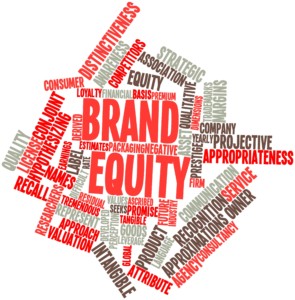
 Demo
Demo
